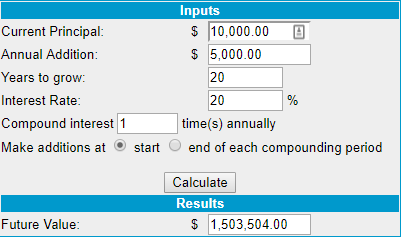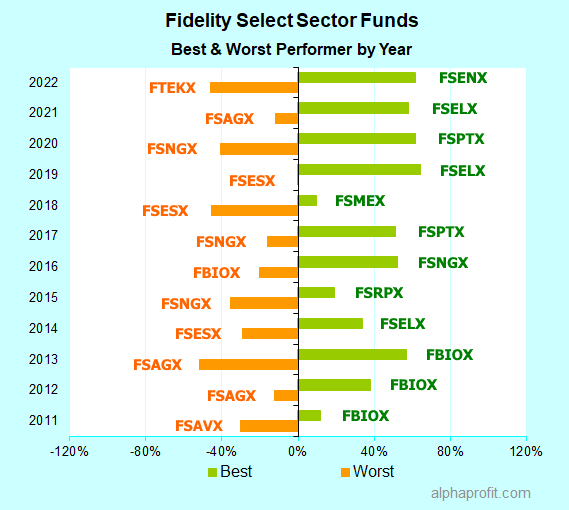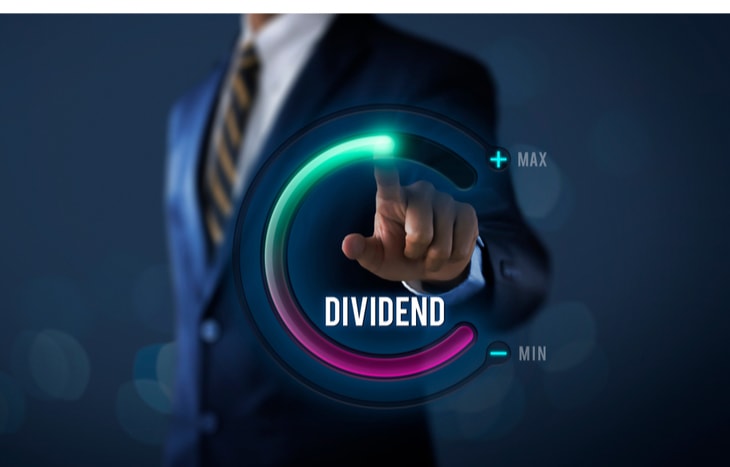
Fidelity's dividend funds are a great way to earn income while also generating growth. You can choose a fund based on your desired income level. These funds have been designed to meet certain needs, including generating retirement income.
This income funds aims to give investors an attractive return and a solid potential for capital appreciation on a long-term basis. It invests into companies that pay out high dividends. This fund is ideal for those who are looking to generate a stable stream of income.
It invests in stocks that pay high dividends, including large-cap companies. The fund's holdings are concentrated in industrial, financial, energy and other companies that have a history of paying dividends.
Amazon (AMZN), Apple AAPL, Alphabet (parent company of Google) and Tesla are the fund's largest holdings. It is popular for retirement plans because of its low expense ratio.

Dividend mutual funds offer a way to get a steady return on investment in many different industries and sectors. These funds are generally affordable and professionally managed, so they're a solid option for those who are looking to build their portfolios without breaking the bank.
High yield bond fund is another way of generating income from your investments. These funds tend to be less volatile than other types.
These funds offer diversification of portfolios and are usually backed by large research teams. These funds are also considered as the best option for achieving higher returns and better risk adjusted returns over time.
One of the best dividend funds available, Fidelity High Income Fund pays a high annual yield and has been consistently outperforming its peers. It holds a wide range of shares, including those of energy giant Chevron and health care provider Aetna.
This actively run fund is perfect for those investors who wish to achieve the highest possible returns, while assuming minimal market risks. It focuses on high-growth stocks in sectors such as healthcare and energy, while also aiming to avoid companies with weak balance sheets.

It is low-cost and uses an exclusive research methodology to identify best stocks in every sector. It uses a combination of research and active management in order to get the best results.
Dividend-focused international funds offer diversification for investors outside the United States. This Fidelity Fund seeks out international stocks with the highest dividend growth potential.
The fund is backed by an experienced team of portfolio managers and research analysts, who strive to produce excellent results over the long term. They ensure that portfolios are well diversified and do not contain any company with an excessive amount of exposure to a specific industry.
Fidelity is among the best actively managed funds in the investment world, thanks to its seasoned management and investment research team. Because the team is so knowledgeable about the markets, even when the lead manager departs, the performance doesn't suffer.
FAQ
Why is a stock called security?
Security is an investment instrument whose value depends on another company. It may be issued either by a corporation (e.g. stocks), government (e.g. bond), or any other entity (e.g. preferred stock). The issuer promises to pay dividends and repay debt obligations to creditors. Investors may also be entitled to capital return if the value of the underlying asset falls.
What are some advantages of owning stocks?
Stocks are more volatile than bonds. When a company goes bankrupt, the value of its shares will fall dramatically.
If a company grows, the share price will go up.
Companies often issue new stock to raise capital. This allows investors the opportunity to purchase more shares.
Companies can borrow money through debt finance. This gives them cheap credit and allows them grow faster.
Good products are more popular than bad ones. Stock prices rise with increased demand.
The stock price will continue to rise as long that the company continues to make products that people like.
What are the benefits to investing through a mutual funds?
-
Low cost – buying shares directly from companies is costly. Purchase of shares through a mutual funds is more affordable.
-
Diversification is a feature of most mutual funds that includes a variety securities. One type of security will lose value while others will increase in value.
-
Professional management - Professional managers ensure that the fund only invests in securities that are relevant to its objectives.
-
Liquidity- Mutual funds give you instant access to cash. You can withdraw money whenever you like.
-
Tax efficiency: Mutual funds are tax-efficient. As a result, you don't have to worry about capital gains or losses until you sell your shares.
-
No transaction costs - no commissions are charged for buying and selling shares.
-
Easy to use - mutual funds are easy to invest in. All you need is money and a bank card.
-
Flexibility: You can easily change your holdings without incurring additional charges.
-
Access to information - you can check out what is happening inside the fund and how well it performs.
-
Investment advice – you can ask questions to the fund manager and get their answers.
-
Security - know what kind of security your holdings are.
-
Control - The fund can be controlled in how it invests.
-
Portfolio tracking – You can track the performance and evolution of your portfolio over time.
-
Easy withdrawal - it is easy to withdraw funds.
What are the disadvantages of investing with mutual funds?
-
There is limited investment choice in mutual funds.
-
High expense ratio - Brokerage charges, administrative fees and operating expenses are some of the costs associated with owning shares in a mutual fund. These expenses will reduce your returns.
-
Lack of liquidity - many mutual fund do not accept deposits. These mutual funds must be purchased using cash. This limits the amount that you can put into investments.
-
Poor customer support - customers cannot complain to a single person about issues with mutual funds. Instead, you need to contact the fund's brokers, salespeople, and administrators.
-
It is risky: If the fund goes under, you could lose all of your investments.
Statistics
- For instance, an individual or entity that owns 100,000 shares of a company with one million outstanding shares would have a 10% ownership stake. (investopedia.com)
- Even if you find talent for trading stocks, allocating more than 10% of your portfolio to an individual stock can expose your savings to too much volatility. (nerdwallet.com)
- Our focus on Main Street investors reflects the fact that American households own $38 trillion worth of equities, more than 59 percent of the U.S. equity market either directly or indirectly through mutual funds, retirement accounts, and other investments. (sec.gov)
- "If all of your money's in one stock, you could potentially lose 50% of it overnight," Moore says. (nerdwallet.com)
External Links
How To
How to Trade on the Stock Market
Stock trading is the process of buying or selling stocks, bonds and commodities, as well derivatives. Trading is French for traiteur, which means that someone buys and then sells. Traders are people who buy and sell securities to make money. This is the oldest form of financial investment.
There are many different ways to invest on the stock market. There are three types of investing: active (passive), and hybrid (active). Passive investors do nothing except watch their investments grow while actively traded investors try to pick winning companies and profit from them. Hybrid investors use a combination of these two approaches.
Passive investing is done through index funds that track broad indices like the S&P 500 or Dow Jones Industrial Average, etc. This type of investing is very popular as it allows you the opportunity to reap the benefits and not have to worry about the risks. You can just relax and let your investments do the work.
Active investing is about picking specific companies to analyze their performance. Active investors look at earnings growth, return-on-equity, debt ratios P/E ratios cash flow, book price, dividend payout, management team, history of share prices, etc. They then decide whether or not to take the chance and purchase shares in the company. If they feel that the company's value is low, they will buy shares hoping that it goes up. On the other side, if the company is valued too high, they will wait until it drops before buying shares.
Hybrid investing combines some aspects of both passive and active investing. You might choose a fund that tracks multiple stocks but also wish to pick several companies. You would then put a portion of your portfolio in a passively managed fund, and another part in a group of actively managed funds.